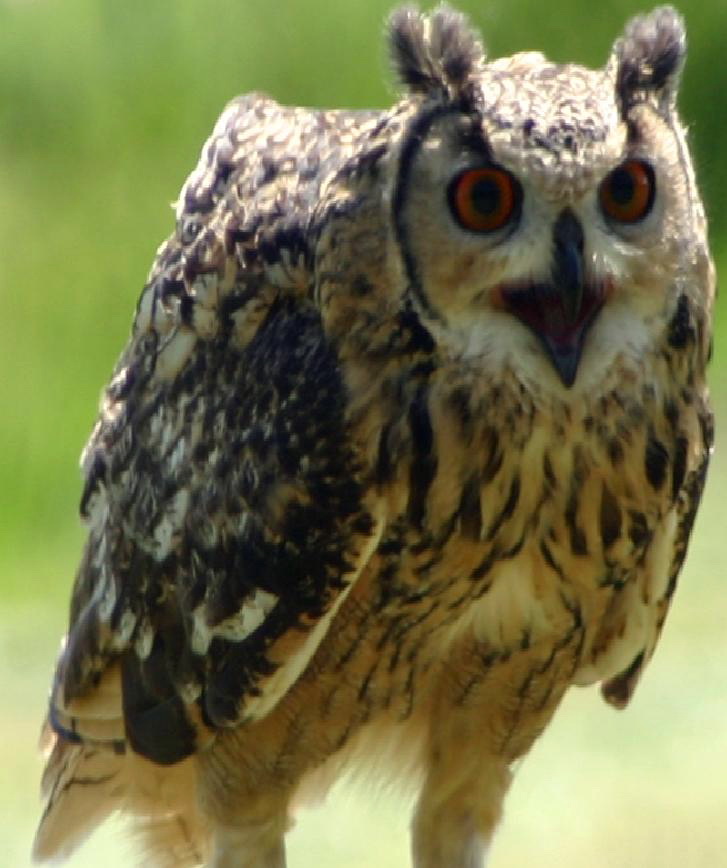|
| 질의: small white | 결과: 1564번째/2237 | |
Rock Eagle-owl, Bengal eagle-owl (Bubo bengalensis) - Wiki
| 제목: | Rock Eagle-owl, Bengal eagle-owl (Bubo bengalensis) - Wiki
| |

| 해상도: 727x868
파일크기: 115217 Bytes
촬영일: 2007:08:20 15:23:10
등록시간: 2007:08:20 15:25:51
|
Rock Eagle-owl
From Wikipedia, the free encyclopedia
[Photo] Photo of an Bengal eagle owl, taken and licensed under GFDL in the dutch Wikipedia by nl:Gebruiker:Jord http://nl.wikipedia.org/wiki/Gebruiker:Jord
The Rock Eagle Owl, Indian eagle-owl or Bengal eagle-owl (Bubo bengalensis is) a species of large horned owl found in South Asia. They are found in hilly and rocky scrub forests, and are usually seen in pairs. They have a deep resonant booming call that may be heard at dawn and dusk. They are typically large owls, and have "tufts" on their heads. They are splashed with brown, and gray and have a white throat patch with black small stripes. They are seen in shrub deserts, evergreen forests, but are more prone to rocky palces. Humid evergreen forest and pure deserts are avoided. Their diet consists of mice and any small rodents and mammals, and sometimes birds.
http://en.wikipedia.org/wiki/Rock_Eagle-owl
| The text in this page is based on the copyrighted Wikipedia article shown in above URL. It is used under the GNU Free Documentation License. You may redistribute it, verbatim or modified, providing that you comply with the terms of the GFDL. |
|
^o^
동물그림창고 똑똑전화 누리집
^o^
|
|